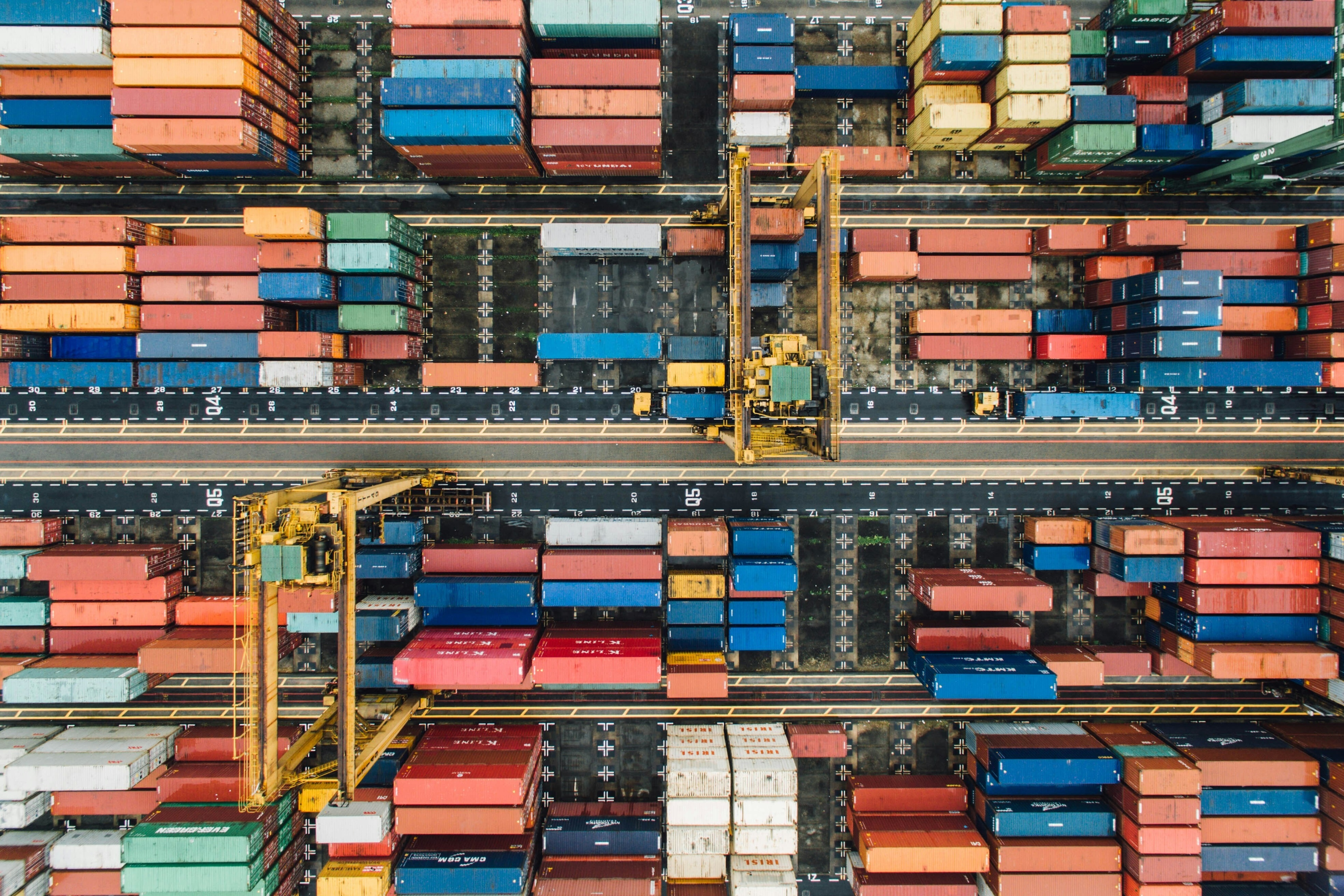How Brazil could unlock billions in trade growth

Stay up to date:
Brazil
Brazil’s annual trade growth exceeded 10% over the past two decades, but last year it dropped by 7%. The nation’s economy clearly has stalled, with GDP rising by only 0.1% in 2014. Getting the economy back on the right track may not be easy, but one major solution is to eliminate the key obstacles that limit exports in the industries with the greatest potential for improvement. We have outlined this in our recent report on Enabling Trade in Brazil.
Export growth has long been a challenge for Brazil. Even during the decades of double-digit export growth, nearly half of the increase came from higher export prices, not in the exporting of more goods.
One step toward improving the situation is to reduce the cost to export. In 2014 it cost an average of more than $2300 to ship a container from Brazil. That is 21% higher than the cost of a similar container in South Asia and 5.5% higher than sub-Saharan Africa. Brazil can increase its participation in global value chains by reducing this and other hurdles to trade, such as streamlining the administrative processes that slow the flow of goods. Bringing just two key supply chain barriers – border administration and transport and communications infrastructure– even halfway to the world’s best practices could unlock $84 billion in Brazil.
Given industry complexity and trade-related issues, Brazil would be best-served to take a “horizontal” approach to spurring trade. This involves identifying industries that hold the highest potential for competitiveness, and taking an end-to-end view of the value chain in those industries to pinpoint the specific trade barriers that need to be addressed to allow the industry to reach a “tipping point” where it becomes competitive, thus enabling the flow of goods. When the Kenya government improved the Nairobi-Mombasa road and expanded the Mombasa port, it led to much-needed private sector investment by exporters and transporters. Investments in refrigerated containers and covered trucks, along with support for smallholder farms to acquire export certification, enabled Kenya to reach the tipping point at which it became profitable for the country’s enterprises to serve new European markets for its avocados. The approach helped Kenya triple its avocado exports.
In Brazil, where the supply chain barriers are numerous, improving exports starts by clearly understanding which industries hold the biggest potential for improvement and which supply chain barriers should be prioritized to unlock that potential. We group the main barriers for trade in four dimensions: market access, border administration, infrastructure and business environment.
Brazil’s automotive industry could save $ 110 million in the cost of importing components used in the automotive manufacturing process if it reaches international cost benchmarks. Lowering those import costs would make it more competitive for companies to build cars for export given a portion of the imported components are used in the exported cars. In the re-export process, the government has provided companies with tax exemptions, but the process to obtain those exemptions is still complex, with too much detail required from companies and too many controls.
Automotive companies also would be better positioned to boost exports with clearer and faster import licensing procedures, – allowing them to operate with reduced inventory levels. Brazil could improve its competitiveness by more aggressively investing in new port terminals that make it faster and cheaper to export. Despite some improvement in the quality of services, logistics costs are high compared with many other countries. Finally, Brazil could benefit by establishing more bilateral agreements with other countries for automotive industry exports.
The same issues that inhibit exports in the automotive industry limit expansion in other sectors, too. As the second largest soy exporter in the world, Brazil has the potential to unlock more exports, through the removal of some bottlenecks in inland transportation that turn some soy areas in Brazil less competitive than the United States. We could further name other important industries that could be on the top priority for the country such as transportation equipment and machinery, but the list could be further expanded. Brazil is growing at a rate that is below the world average. This situation will start to change when the country targets industries with the highest potential for growth through the elimination of trade barriers. Then the country could apply a systematic approach to removing those obstacles – in line with its current growth strategy and fiscal adjustment policies.
In a country the size of Brazil, the most efficient and effective way to spur exports will be to view trade barriers across the end-to-end value chain in the most important industries, and then tackle those barriers to make the industry competitive. Improving those particular industries sets the stage for improvements in others.
The World Economic Forum on Latin America 2015 took place in Riviera Maya, Mexico, from 6-8 May.
Authors: Fernando Martins is Senior Partner with Bain & Company. Wolfgang Lehmacher is Head of Supply Chain and Transport Industries at the World Economic Forum.
Image: Baskets containing acai berries sit on the dock near the boats that brought them to Ver-o-Peso market in Belem January 11, 2012. REUTERS/Paulo Santos
Don't miss any update on this topic
Create a free account and access your personalized content collection with our latest publications and analyses.
License and Republishing
World Economic Forum articles may be republished in accordance with the Creative Commons Attribution-NonCommercial-NoDerivatives 4.0 International Public License, and in accordance with our Terms of Use.
The views expressed in this article are those of the author alone and not the World Economic Forum.
Forum Stories newsletter
Bringing you weekly curated insights and analysis on the global issues that matter.
More on Trade and InvestmentSee all
Lisa Satolli
July 17, 2025
Yusuf Maitama Tuggar
July 10, 2025
Bright Simons
July 7, 2025
Erik Crouch
July 1, 2025




